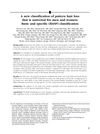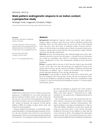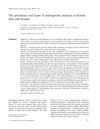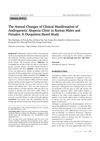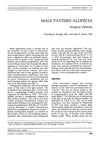Analysis of Familial Factors Using the Basic and Specific (BASP) Classification in Korean Patients with Androgenetic Alopecia
March 2011
in “
Journal of The American Academy of Dermatology
”
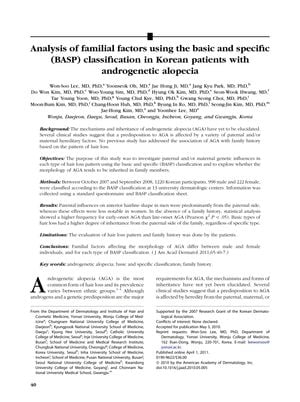
TLDR Familial factors affect hair loss types in Koreans, with M type in men, L type in women, and paternal factors influencing male hair loss more.
The study analyzed familial factors in Korean patients with androgenetic alopecia (AGA) using the Basic and Specific (BASP) classification. The most common types of inherited hair loss were the M type in men and the L type in women. Paternal factors were found to affect male pattern hair loss (PHL) more than female PHL. The study also found that patients who did not have SP type hair loss displayed earlier onset of AGA than participants with SP type hair loss. The BASP classification was found to have excellent reproducibility.

